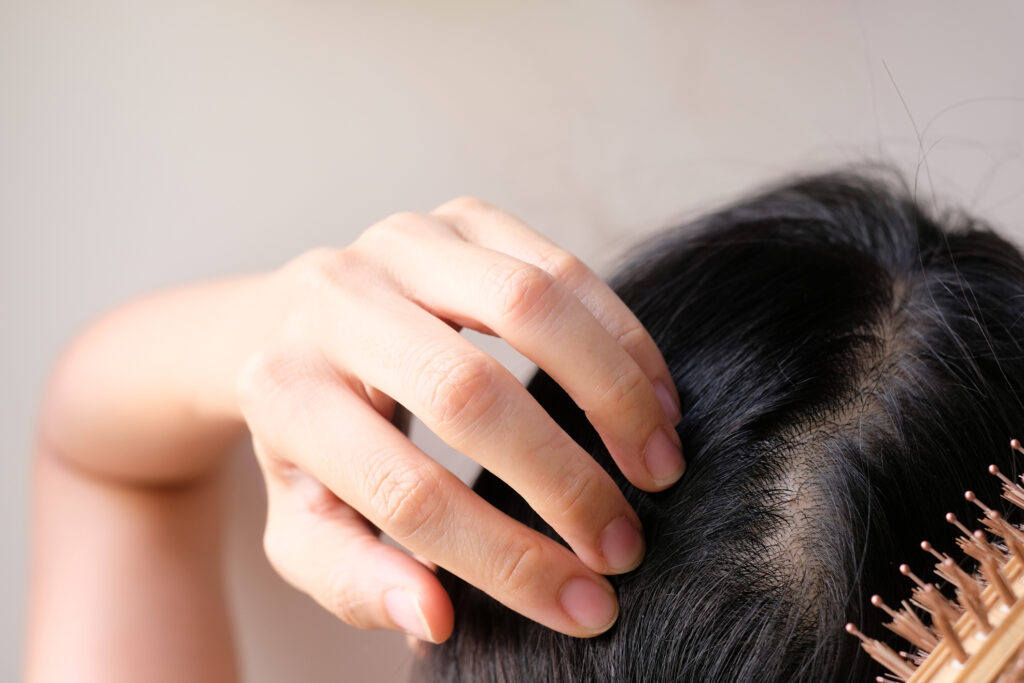What You Should Know About Women’s Hair Loss

It’s no secret that hair loss in women is quite common. In fact, about one-third of women will suffer from some form of hair loss by the time they turn 50 years old. So, what causes hair loss in women and what can be done about it? Let’s take a closer look.
Causes of Hair Loss in Women
There are a number of different factors that can contribute to hair loss in women. Here are some of the most common causes:
- Hormonal changes – Hormonal changes, such as those that occur during menopause or pregnancy, can cause hair loss in women. This type of hair loss is usually temporary, and your hair will eventually grow back once your hormones return to normal levels.
- Medical conditions – Certain medical conditions, such as autoimmune diseases, thyroid problems, and anemia, can lead to hair loss. If you think a medical condition may be causing your hair loss, it’s important to see a doctor so they can properly diagnose and treat the problem.
- Medications – Some medications, such as those used to treat cancer or high blood pressure, can lead to hair loss. If you’re taking medication and experiencing hair loss, talk to your doctor about whether the medication could be causing the problem and if there are any alternatives you could try.
- Stress – Both physical and emotional stress can cause hair loss. Usually, this type of hair loss is temporary, and your hair will grow back once the stress has passed. However, chronic stress can lead to permanent hair loss.
- Genetics – Hereditary factors can play a role in women’s hair loss. If you have relatives who have experienced hair loss, you may be more likely to experience it yourself.
Treatment for Hair Loss
Fortunately, there are a number of treatments available for women suffering from hair loss. The treatment that’s right for you will depend on the underlying cause of your hair loss. Some common treatments include:
- Minoxidil – Minoxidil is a medication that’s applied directly to the scalp twice daily. It’s available over-the-counter or by prescription from a doctor. Minoxidil can help slow or stop hair loss and may even help new hairs grow.
- Platelet-rich plasma therapy – Platelet-rich plasma therapy involves taking a sample of your blood and then separating out the platelets using a centrifuge. These platelets are then injected into your scalp. This treatment is thought to stimulate new hair growth by increasing blood flow to the follicles and providing them with growth factors.
- Laser therapy – Laser therapy involves using low-level lasers to stimulate new hair growth by increasing blood flow to the follicles and stimulating cell regeneration. This treatment is usually done once or twice per week for 10 minutes at a time over a period of several months.
Come See Us for Help with Your Hair Loss
If you’re experiencing hair loss that’s causing you distress, come see us at Swinyer – Woseth Dermatology! We’ll work with you to figure out what’s causing your hair loss and develop a treatment plan that meets your individual needs.
At Swinyer – Woseth Dermatology, we understand how important it is for patients to feel confident in their appearance. We’re dedicated to providing each of our patients with personalized care and treatment plans so they can achieve their desired results. Contact us today to schedule an appointment!
